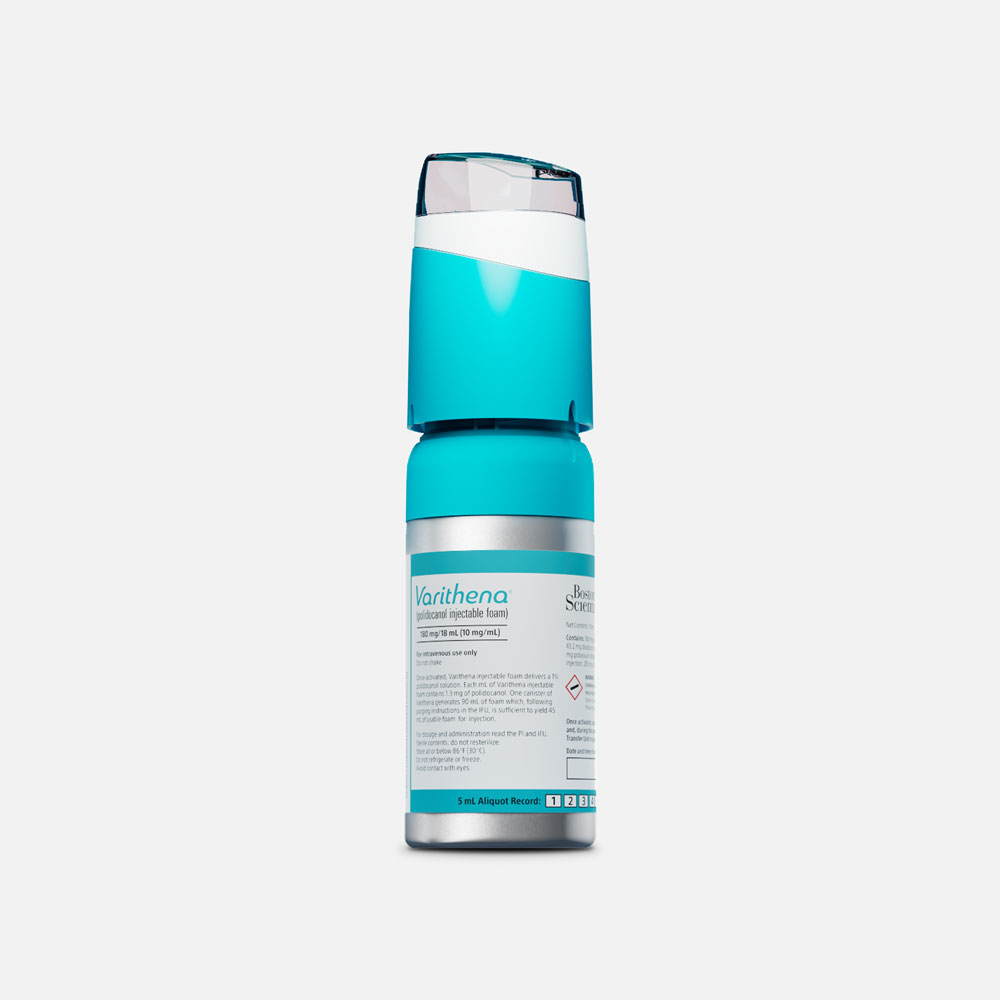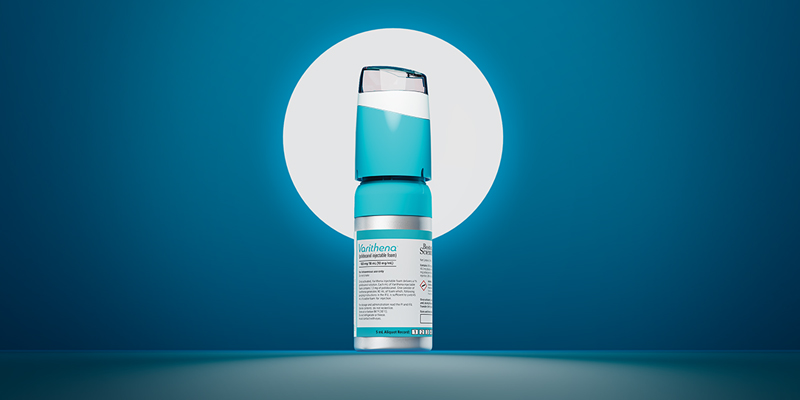
Hear Drs. Misaki Kiguchi, Michael Shao, and Vinay Satwah share their real-world experiences treating chronic venous insufficiency with Varithena. The cases include tortuous anatomy, venous leg ulcers and varicose veins, and a combined case of superficial and deep venous disease.




